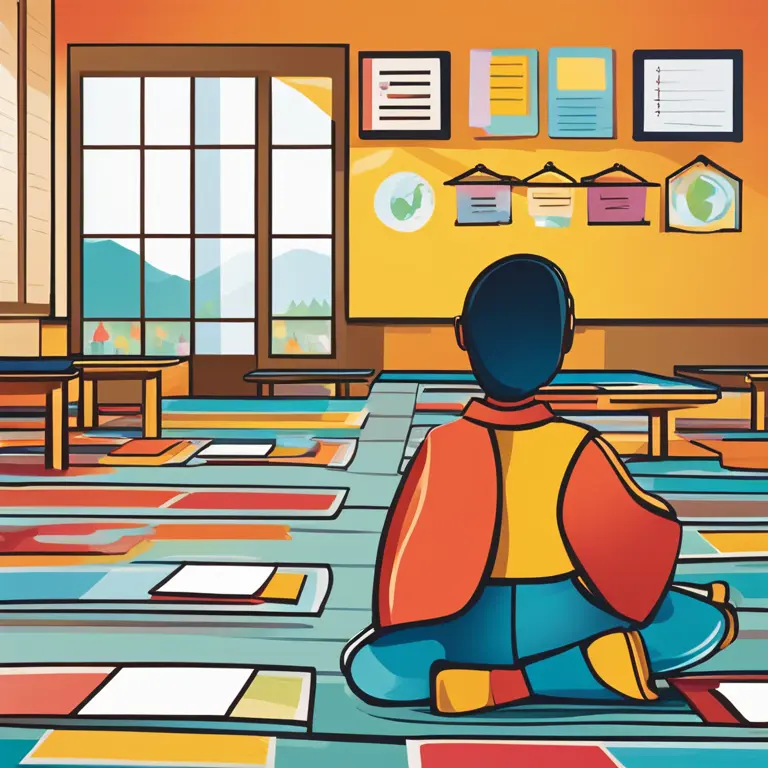
Mindfulness Meditation: A Guide for Educators
Discover how educators can enhance their teaching experience and personal well-being through the practice of mindfulness meditation.
article by Hina Kurosawa
Introduction to Mindfulness in Education
Educators shoulder the significant responsibility of shaping young minds, a task that is both immensely rewarding and often incredibly stressful. Mindfulness meditation offers a way to balance the scales, not only improving their own well-being but also enhancing their effectiveness in the classroom. This practice focuses on the present moment, acknowledging thoughts and feelings without judgment. By incorporating mindfulness techniques, educators can cultivate a heightened state of awareness and empathy, key components in the nurturing educational environment.

The Impact of Mindfulness on Teachers
In recent years, the educational landscape has begun to shift, with a growing recognition of the importance of teacher well-being. Research shows that mindfulness meditation can reduce stress, alleviate symptoms of depression, and improve cognitive functions such as attention and memory. For educators, this translates to greater resilience in the face of daily challenges, an increased ability to manage classroom dynamics, and a more profound connection with their students.

Mindfulness Techniques for the Classroom
Incorporating mindfulness into the classroom need not be a daunting task. Simple exercises, such as deep breathing, silent reflection, or mindful listening, can be seamlessly integrated into the school day. These practices encourage a calm and focused learning environment and teach students valuable skills for managing their own emotions and behaviors. As both teachers and students become more adept at mindfulness, the classroom can transform into a space of mutual respect and engaged learning.

Overcoming Challenges with Mindfulness
Despite the potential benefits, adopting mindfulness meditation in education is not without its hurdles. Time constraints, skepticism, and a lack of training can impede implementation. However, educators can start small, dedicating just a few minutes each day to mindfulness exercises, and gradually build from there. Professional development workshops and online resources are increasingly available to provide the necessary skills and techniques for integrating mindfulness into teaching practice.

Future of Mindfulness in Educational Policy
As we look ahead to 2024 and beyond, the role of mindfulness in education is poised to expand. Policy makers and educational leaders are beginning to advocate for the development of curricula that includes emotional intelligence and mental well-being. By aligning educational practices with the latest psychological research on mindfulness, the future for educators and their students is one of increased compassion, resilience, and academic achievement.
Conclusion
Mindfulness meditation holds promise for educators seeking to enhance their teaching and personal well-being. By approaching each day with a mindful attitude, teachers can build a more fulfilling career and contribute to a positive, nurturing educational environment. With the continued integration of mindfulness in education, we move towards a future where the mental well-being of educators and students alike is a top priority, redefining success in the classroom and beyond.
Published: 1/18/2024
Modified: 1/18/2024
More predictions
Come back here soon to learn more about yourself and your future


How Meditation Reshapes Our Brains
Discover the transformative power of meditation and its profound impact on brain structure and function in this insightful article.


Best Meditation Techniques for Brain Health
Discover effective meditation practices to enhance cognitive functions and maintain a healthy brain.


The Origins of Meditation: Tracing Its Historical Roots
Discover the historical origins of meditation, its transformation through time, and its profound impact on various cultures around the world in this insightful article.